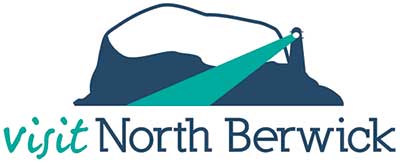The Pilgrim Ferry: What it was and how it affected North Berwick
While today, the Firth of Forth can be seen as the home to many modern passenger boats, such as the Rosyth Ferry, over 600 years ago the water was seen as a barrier between North Berwick and Earls ferry in Fife, for Pilgrims travelling from the South. The pilgrims, who travelled mighty voyages to worship in the presence of holy relics, used the ferry which was established in 950 AD, to travel to Christian teaching sites such as St. Andrews.
The traditional town crest is known to be a symbol of the pilgrimage ferry, symbolising an individual or personal mark for members of the upper class of feudal society. In order to aid the pilgrims on their journeys to North Berwick, a hospice and church were built upon the Anchor Green, known as the oldest remaining part of the 7th century harbour. It can be commonly believed that this church was built by St. Baldred the second when he arrived in North Berwick after his journey form Lindisfarne, where later pilgrims would pray for a safe journey across the waters. This church later became known as the North Berwick Parish Church. The hospice was situated to the north-west of the church where the nuns, who too attended the hospice at Earls ferry, looked after the travelling pilgrims. Another hospice was later opened by the Lauder family to aid the poor living in North Berwick, situated on Quality Street, where today, Housing Association Flats now stand in its place. Ultimately, because of this welcoming aid, pilgrims were recognised mainly for their beneficial effect on the economy, largely accredited to their outstanding trading of goods at market. As a result, found at the Auld Kirk, was a clay mould for casting lead pilgrim badges which could for some time be found in the North Berwick Museum. For many years, tens of thousands of pilgrims passed through the small seaside town of North Berwick, leaving behind these historical treasures, where today is historically distinguished for these extraordinary religious voyages.
(article supplied by Alison Wright, NBHS Pupil ©2011)

